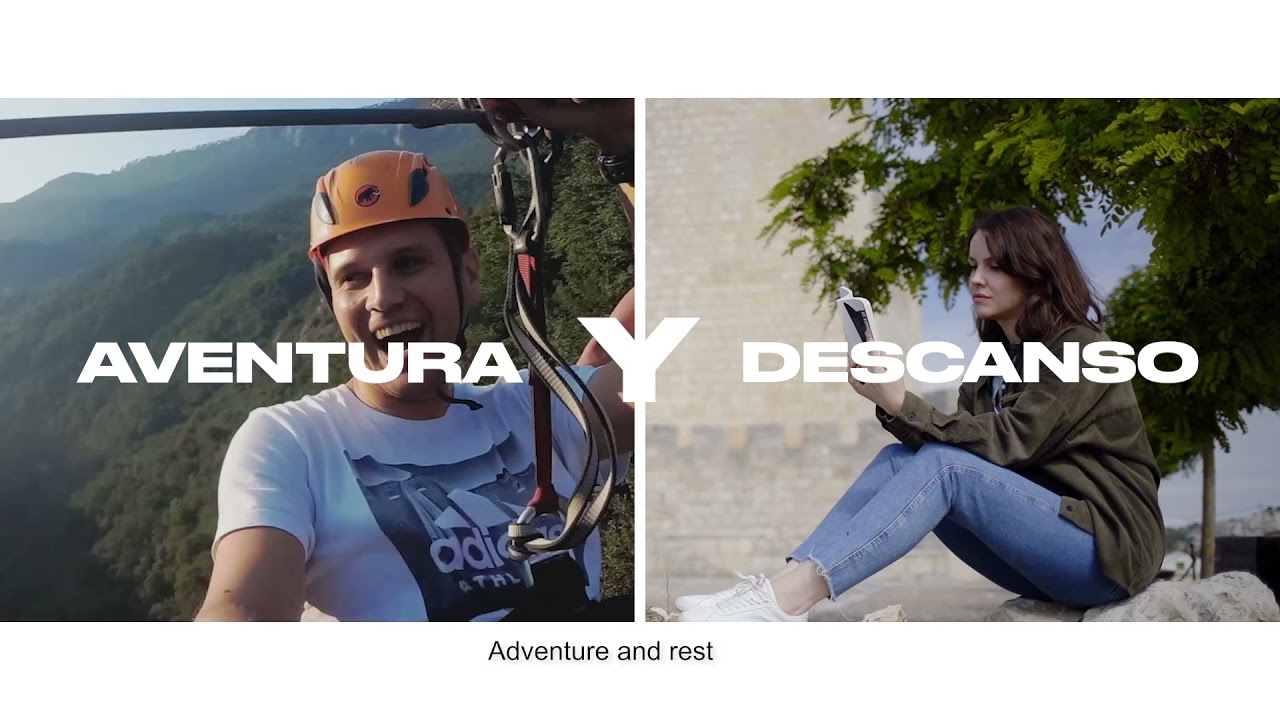CASTILLA Y LEÓN

Castilla y León is one of the largest regions in Europe. It is made up of nine provinces, Ávila, Burgos, León, Palencia, Salamanca, Segovia, Soria, Valladolid and Zamora and stands out for being one of the Spanish regions with the greatest cultural, heritage, ethnographic and natural wealth and where the first traces are found of the Spanish language.
Castilla y León has eleven World Heritage Sites by UNESCO: The Camino de Santiago Francés, the Cathedral of Burgos, the sites of the Sierra de Atapuerca (Burgos), the natural monument of Las Médulas in León, the cities of Ávila, Salamanca and Segovia, the archaeological sites of Siega Verde (Salamanca), the beech forests of Cuesta Fría and Canal de Asotín in León and the beech forest of Riofrío de Riaza in Segovia, in addition to the Mediterranean diet and falconry.
In addition Castilla y León treasures a large part of the Spanish cultural heritage, more than 300 castles, more than 400 museums, collections and interpretation centers that collect the artistic, cultural and ethnographic wealth of our Region as well as 23.000 archaeological sites. It also has more than a hundred festivals declared of regional, national and international tourist interest, of which Holy Week, one of the most deeply rooted and popular religious, cultural and popular manifestations, and of which Castilla y León It has 8 of the 22 declared of international tourist interest in all of Spain.
Gastronomy is another of the enormous attractions of Castilla y León as it offers a wide variety of dishes made with products with quality designations, meats, sausages, cheeses, legumes, fruits and vegetables, which make the cuisine of Castilla y León one of the most appreciated and complete in Spain. And in the Spanish winemaking map, Castilla y León occupies a privileged place because it has 17 designations of origin of which three are premium wines (Ribera del Duero, Rueda, Toro, Cigales, Bierzo, Arlanza, Arribes, León, Tierra del Vino de Zamora and Rioja, the PDOs of Valtiendas, Valles de Benavente, Sierra de Salamanca and Cebreros), the wines from Pago (Abadía Retuerta, Heredad de Urueña and Dehesa de Peñalba) and Chacolí. In addition, Castilla y León has a figure of quality as a wine from all the territory, the geographical mention (PGI) of Wine from the Land of Castilla y León. Castilla y León is the Spanish region with the highest number of Certified Wine Routes: Arlanza Wine Route, Arribes Wine Route, Bierzo Wine Route, Cigales Wine Route, Ribera del Duero Wine Route, Rueda Wine Route, Sierra de France and the Toro Wine Route.
In Castilla y León it is also possible to enjoy culture, gastronomy and heritage in an active way through cultural events, gastronomic events and commemorations that are held throughout the 365 days of the year and that make Castilla y León a Cultural Event.
ORGANIZERS



OFFICIAL CARRIERS


COLABORADORES







MEDIA PARTNERS





